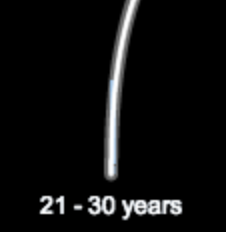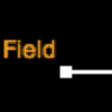Controls:

Hover over an age group to see which fields respondants in that age range identify with.

Hover over an degree group to see which fields respondants with that degree level identify with..

Hover over an age / degree intersection group to see which fields respondants of that age with that degree level identify with.

Hover over a field average point to see more information about that field.

Hover over a field's information display to see more details about it. This includes how many respondants the selected discipline shares with other fields as well as the age and degree levels of the selected disciplines' members